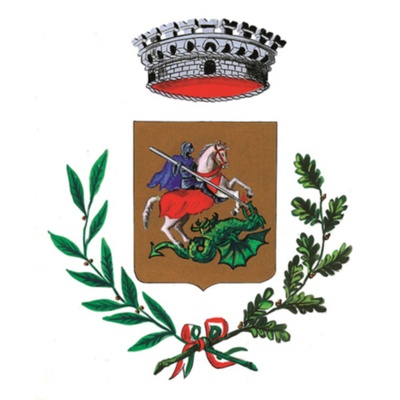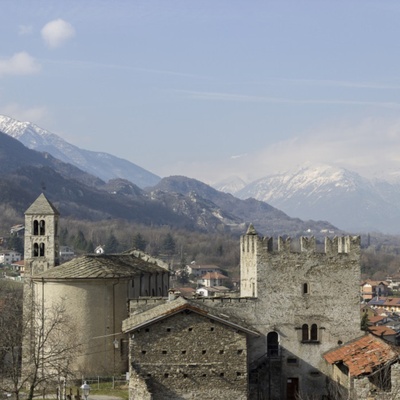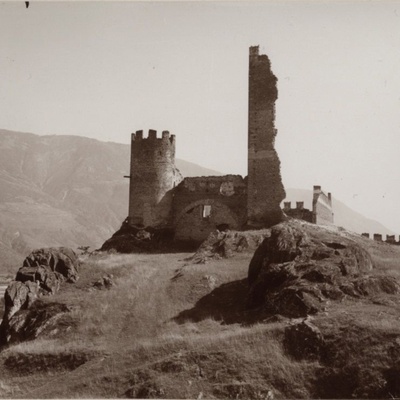



Piazza V Martiri, 1, 10050 San Giorio di Susa
Situated on the right bank of the Dora Riparia, San Giorio was an important fief of the Bertrandi of Montmelian in Moriana during the Middle Ages. In the 13th century, they also received rights over Bruzolo, Chianocco, and Villar Focchiardo. Dominating the village is the castle (11th century), which the Bertrandi expanded for military needs by constructing the square keep (originally 27 meters high) and the lower castle, leaning against the walls of the fortified area, probably serving as a residential function. Heavily damaged by Marshal Catinat's troops in 1691, the lower castle remains in ruins, while the upper castle has undergone reconstruction and restoration from the mid-20th century. Just downstream from the castle, within the fortified area, there is a significant fortified house (12th century) that is an integral part of the architectural complex of the parish house. It features a beautiful double-arched window and a Ghibelline merloned cornice. The parish of St. George the Martyr (12th century) was rebuilt in its current form in 1836, while the bell tower remains as a memory of the previous Romanesque style, with some column bases and the so-called Orchard Gate. Adjacent to the parish church stands the Chapel of San Lorenzo, also known as the Chapel of the Count, commissioned by Lorenzetto Bertrandi in 1328. The cycle of internal frescoes, attributed to the Master of San Giorio, is one of the richest 14th-century complexes in the Susa Valley: among its peculiarities is the depiction of the Contrast of the Three Living and the Three Dead. Much of San Giorio's mountainous area is rich in fruit chestnut woods, where the famous Marroni are cultivated and celebrated in October during the Chestnut Festival.
The high-altitude territory of San Giorio is part of the Orsiera Rocciavré Natural Park, featuring meadows, white fir forests, lakes, and ponds of great natural importance. Many still-inhabited hamlets include Pognant, Città, and Martinetti, where the ancient chapel preserves a 16th-century fresco. From Biglietti, a memory path leads to the site of the Anti-Fascist Oath of Garda and crosses the ancient gneiss extraction quarries, which, along with Borgone and Villar Focchiardo, were the proto-industrial activities of the area. The patronal feast in April in honor of St. George the Martyr is celebrated with the Sword Dance of the Spadonari, which reenacts an ancient pagan rite for the fertility of the land. Since 1929, the Suppression of the Feudal Lord has been staged at the castle, a historical-legendary reenactment of the struggle between the population and the local feudal lord. During the patronal feast, it is traditional to make canestrelli, thin and aromatic wafer biscuits cooked on special irons that each family passes down from generation to generation.




